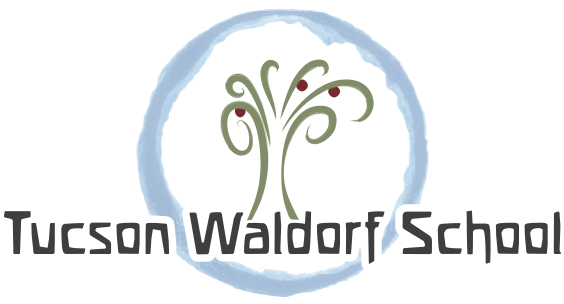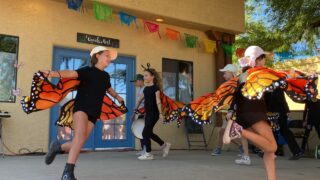
Dia de los Muertos Assembly
by Maestra Moreno
Dia de los Muertos is a celebration that comes from the Mexican tradition and has its origins in pre-Hispanic times, when the cult of death was one of the basic elements of the culture. The Day of the Dead in the indigenous vision implies the transitory return of the souls of the deceased, who return home to the world of the living to live with their families and to nourish themselves with the essence of the food that is offered to them on the altars built in their honor. In this celebration of the Day of the Dead, death is not an absence but a living presence; death is a symbol of life that materializes on the altar that is offered. Every year, many families make offerings and altars decorated with marigold flowers, papel picado, sugar skulls, pan de muerto, mole, or some dish or thing that their relatives liked.
In the Spanish class, it is a celebration that is gradually introduced in all grades. From Grade 1 to Grade 8, they learn something new about the tradition, such as what elements are on the altar. In Grade 4 they learn about the monarch butterflies, in Grade 7 they learn who Catrina is, what the Milagritos are, and they work on the literary skulls. In Grade 1 and 2 they learn where the alebrijes come from. Grade 5 students learn the history of the cempasuchil flower. Grade 8 students talk about the biography of Frida Kahlo, and make papel picado, alebrijes, and clay or felt skulls. In Grade 3 they cook pan de muertos, and learn different verses and traditional songs from the Mexican culture.

